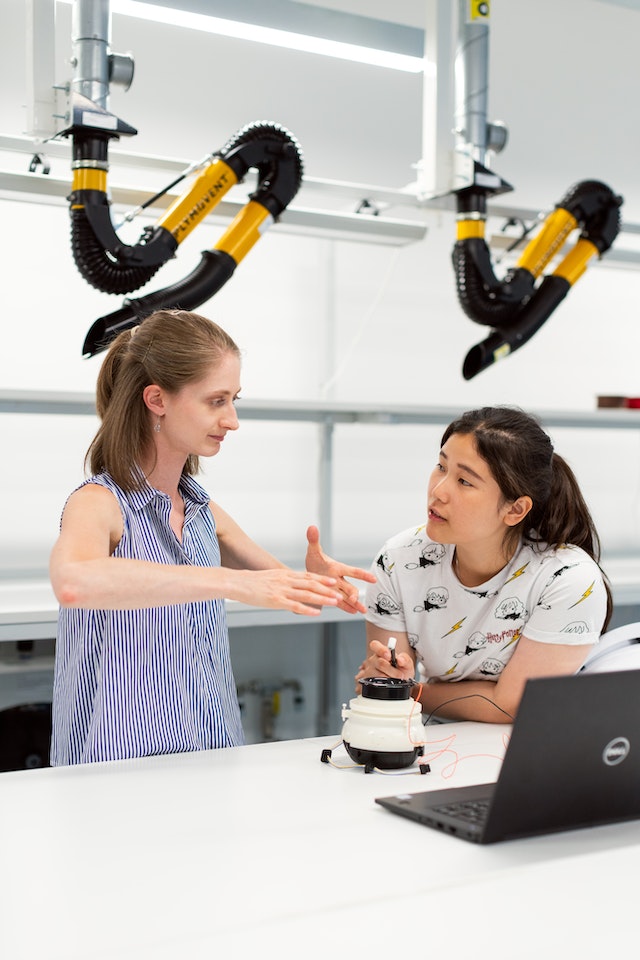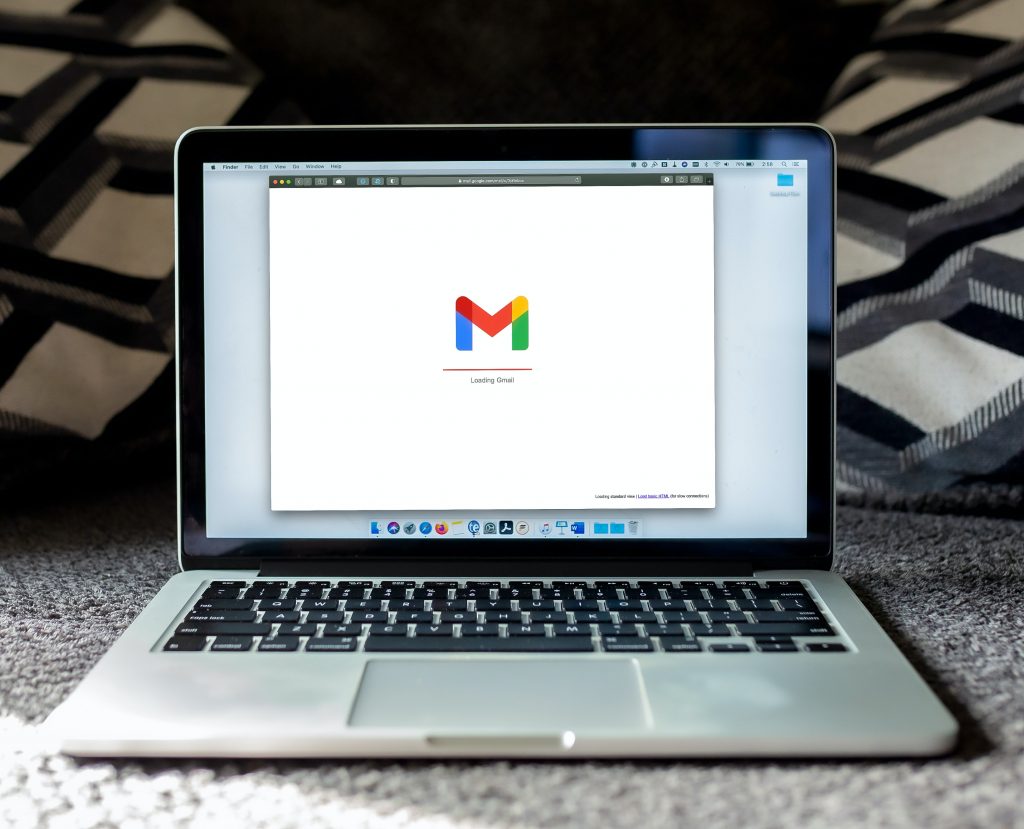If you’ve been keeping up with the latest trends in the tech world, then you’ve probably heard of generative AI automation. This revolutionary technology has been making waves and is quickly becoming a must-have for businesses of all sizes. For those of you looking to automate mundane tasks and free up valuable time and resources that could be better spent elsewhere, then generative AI might just be the perfect solution.
So, if you’re new here, hi!
We’re going to explain the basics of generative AI automation for all the beginners who aren’t quite sure where to start.
In this blog post, we’ll discuss:
- What is Generative AI?
- A closer look at the technology behind Generative AI
- Generative AI automation use cases
- The future of generative AI automation
- The Pros and Cons of Generative AI

What is Generative AI?
If you’re reading this, then you’re interested in finding out more about AI and its applications. Let’s start right at the beginning; AI stands for artificial intelligence.
So, what is generative AI?
It refers to the technology that creates brand new, never seen before data or content based on a set of inputs or prompts that we provide. This includes anything from images, videos, text or data.
Generative AI makes use of machine learning (ML) algorithms in order to analyze and learn from data, allowing it to generate brand new content as a result. What sets it apart from other forms of AI is that it’s not limited to existing data; it can produce all new data that’s similar to the original! This impressive and ever-evolving technology is often used by businesses and individuals to automate tasks that would typically be performed by people, saving valuable time and money in the process.
A closer look at the technology behind Generative AI
People often wonder how generative AI achieves these results in such a short amount of time. The answer consists of three parts: Machine learning, GANs and Transformers.
Machine learning is the AI’s ability to imitate human behavior and intelligence. It has been taught to perform specific tasks that would typically be performed by a human, and has the ability to make adjustments and improve its knowledge as it acquires new information. It does, however, still rely on human intervention in order to perform tasks, requiring prompting, input and direction to fulfill its automations and tasks.
GANs stands for generative adversarial networks. This technology consists of two aspects: generative and discriminative neural networks.
- Generative NN can generate outputs on demand by using the data provided to establish and identify patterns. However, this part isn’t capable of improving its own learning abilities, but is rather concerned with aspects like probability and frequencies.
- Next we get discriminative NN, which is responsible for identifying and analyzing input data. It then proceeds to label each point or places it into its appropriate category. This algorithm was developed to enable the machine to improve its own knowledge, without the need for human interference.
Next we have transformers. This is typically used to place data into context. They take large sequences of data rather than using individual data points to generate their output, making their outcomes a lot more reliable. Basically, they are used to turn input sequences into output sequences. This technology is often used to analyze, translate or produce content as it can process larger quantities of information as a whole. Transformers are often used when developers are trying to turn one thing into something else, for example, generating an image using a user’s written description.
Now that we have a better understanding of what generative AI is and how it works, let’s take a look at how this technology can be applied to our daily lives.

Generative AI automation use cases
Data analysis
AI can potentially help businesses gain further in depth insights into their data, making this one of the most promising applications for this type of automation. This technology is capable of interpreting data in a way that identifies patterns and pinpoints frequencies. Businesses can use this information to make accurate customer and market predictions for the future. This helps organizations not only plan ahead, but it can also be used to assess risks and take preventative measures. By automating the data collection and analysis process, businesses enhance their overall operating efficiency, saving them both time and money.

Write text
When it comes to generating high quality content that catches the reader’s eye, ranks on search engines, provides adequate value and drives traffic back to your website, let’s face facts, it can be an uphill battle. With so much competition in the world of content creation today, AI writers have become more and more popular to help make the process easier. Whether you’re looking to generate short-form copy along the lines of social media captions or marketing emails, or want to dive into the world of blogging by generating a full blog post in seconds, AI writers can be just the answer you’re looking for to get the ball rolling.

Generate images and videos
This is one of the biggest advancements in AI technology to date. Imagine being able to write a description of what you want to see, and have a machine generate an image of the exact picture you had in your head.
Crazy, right?
By providing specifics such as locations, styles and settings, the AI simply follows your prompts and creates the visual accordingly. This has huge potential for the world of marketing as you’re able to create completely new and innovative images and videos for media, advertising or even educational purposes.

Social media automation
For social media influencers in particular, this application could be very useful. Businesses can also use this to their advantage; content planning is an excellent way to save valuable time and resources. You can use generative AI automation for everything when it comes to social media. It helps with generating a unique and attention-grabbing caption for your latest product release or simply creating drafts of each post and scheduling their releases. If you are an organization that does its best to make the most of its social media presence, it may be worth investing in this form of automation.

Marketing automation
This is undeniably one of the most popular applications in the eCommerce industry, with only further integrations predicted for the future. Marketing automation includes everything from automating emails using custom workflows that you get to set up to suit your needs, to pop-up ads that only appear where and when you want them to.
One of the most common forms of marketing automation is pay-per-click advertising (PPC). This is when a business creates an ad (using AI or manually), selects where it should be displayed, and pays a fee each time the ad is clicked. This is a cost effective and efficient way to make the most of automation and your funds. It can be especially useful for individuals who don’t know enough about SEO trends in order to generate their traffic organically.

The future of generative AI automation
Today, many creative minds like artists and designers are making use of the AI’s ability to create images, videos and unique outputs. Many industries are starting to see the value in this technology, with almost 48% of eCommerce businesses automating content in 2021. Even writers and content marketers are starting to integrate generative AI into their creative process, using tools like ContentBot to generate everything from blog topic ideas to full blog posts with the push of a button.
AI tools are capable of social media integration, marketing automation and even paraphrasing. With how far this technology has progressed in only a short period of time, the possibilities for the future are limitless. Many industries will only increase their usage of AI in the years to come, with its potential to save costs and reduce the need for human labor appealing to more and more industries.
Here are some alarming statistics regarding the future of generative AI:
- Global AI investment totalled $93.5 billion in 2021, and is projected to reach $422.37+ Billion in 2028.
- By 2025, 30% of outbound marketing messages from large organizations will be synthetically generated.
- By 2025, we expect more than 30% of new drugs and materials will be systematically discovered using generative AI techniques.
- By 2025, 90% of the material in quarterly reports will be synthetically generated.

The Pros and Cons of Generative AI
With regards to both the creative and writing processes, this technology can have huge advantages, but there are also drawbacks that need to be carefully considered. Not only that, there are currently many debates taking place around the ethical use of AI content.
Pros:
- AI automation allows users to generate new content at the push of a button.
- It allows for an increase in efficiency thanks to its automation and integration possibilities.
- Personalization is possible, with the option to select your preferred writing style and tones.
- It helps users with the creativity process, thanks to its idea generation capabilities. This could help many writers overcome writer’s block.
- Businesses can save time with tools like data Analytics as the AI is capable of analyzing large amounts of data in a fraction of the time that it would take humans.
- SEO scores are improved for automated content, helping various online businesses rank on the search engine results pages (SERPs).
- Integrating this technology can be extremely cost effective as many processes and tasks are performed using one central platform.
- It paves the way for scalability with large quantities of content being automated at regular intervals.
Cons:
- AI-generated content can at times present questionable quality, with facts needing to be verified and checked to ensure reliability.
- As people can feed biased data inputs into the AI, it can occasionally produce biased outputs as well.
- Once the AI has been trained, it can be very difficult to control. This could potentially lead to harmful content being generated.
- There may be disputes regarding the intellectual property surrounding the content, as there could be arguments as to who owns the content generated by the AI.
- It can be argued that a downfall of artificial intelligence is that it still requires human interference in order to achieve your exact desired outcome.
- It may pose security risks. For example, there has been an increase in AI’s usage for deepfakes in recent years.

Points to remember…
Generative AI automation is quickly becoming a valuable tool for businesses, helping them streamline processes, reduce costs and increase their overall efficiency. It’s also becoming highly popular among digital and content marketers to help with the creativity process. Artists, musicians, CEOs, and founders are all starting to notice the potential that this technology has for their businesses and the role it could play.
Being able to automate so many tasks that would typically be performed by people and take hours to complete means the ROI of AI content automation could skyrocket. As the technology matures, more use cases are presenting themselves, and the potential for this kind of automation to drastically improve the way we do business is exciting.
For those just getting started in this area, understanding the basics of generative AI automation is a great first step. With a clear understanding of the advantages and limitations of this technology, businesses can begin to explore the various ways that they can use it to realize and achieve their goals. There are so many automation platforms available today, and if you put sufficient time and effort into finding the best one to suit your needs, you’ll soon be reaping the rewards.
If you have used generative AI in your business or content creation process, let us know about your experiences in the comments section. We’re always interested to hear how AI has played a role in the lives of our readers.
- How AI is Transforming the SEO Landscape: A Marketer’s Perspective - February 29, 2024
- How To Use AI For Keyword Research: A Marketer’s Guide - February 16, 2024
- The Impact of AI Writers on SEO Performance: Friend or Foe? - January 31, 2024
